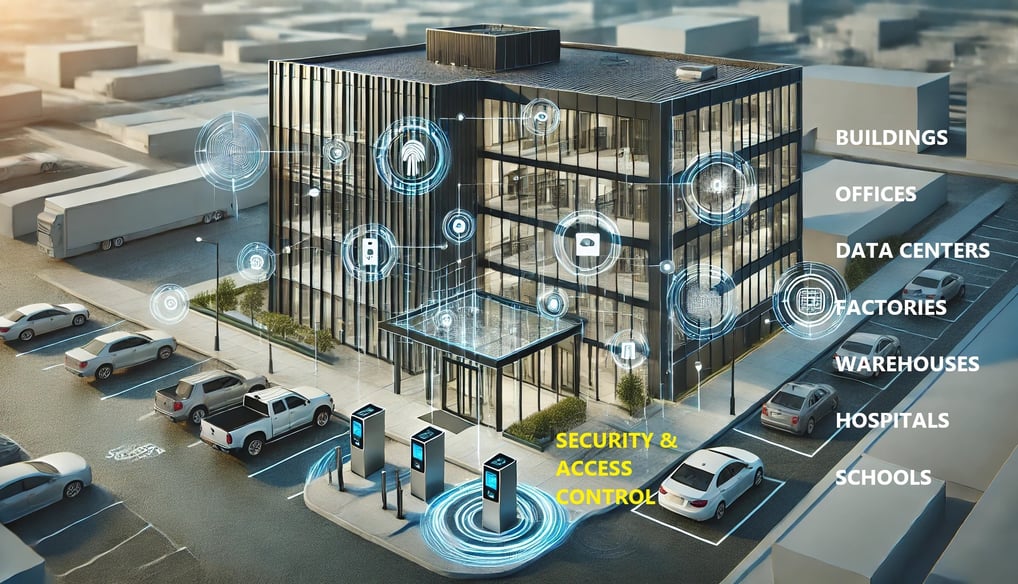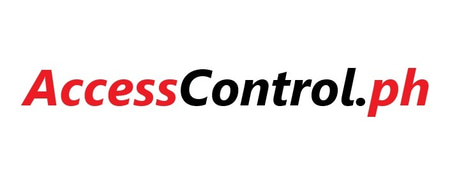Building Automation Trends to Watch in 2025
Building Automation Trends to Watch in 2025. The evolution of building automation has significantly shifted towards remote monitoring and control, a trend that is poised to define the landscape in 2025 and beyond. The ability to manage building systems from virtually anywhere via mobile applications
BUILDING AUTOMATION TRENDS
5/10/20254 min read


The Rise of AI and Machine Learning in Building Automation
The integration of artificial intelligence (AI) and machine learning into building automation systems is one of the most transformative trends projected for 2025. These technologies are set to play a pivotal role in enhancing the efficiency and functionality of buildings. By harnessing vast amounts of data collected from various sensors and devices, AI algorithms can analyze patterns and provide actionable insights, which are essential for improving the operational efficiency of buildings.
One of the notable advancements is in predictive maintenance. With machine learning capabilities, building automation systems can forecast potential equipment failures before they occur. This proactive approach not only reduces maintenance costs but also ensures that systems operate optimally, minimizing downtime and enhancing occupant comfort. For example, AI can analyze vibration patterns from HVAC systems to detect anomalies, notifying maintenance teams of impending issues.
Energy management also stands to benefit significantly from AI integration. Building automation systems equipped with AI can assess historical energy consumption data and current occupancy trends to optimize energy usage dynamically. This capability will allow buildings to adjust heating, cooling, and lighting in real-time, significantly reducing energy waste. Moreover, smart buildings will utilize machine learning to predict peak energy demand periods, enabling them to implement strategies that alleviate stress on energy resources during these times.
Occupancy optimization represents another critical area where AI is making an impact. By analyzing data from occupancy sensors, AI tools can inform real-time adjustments to space usage, ensuring that areas are utilized effectively. This not only contributes to enhanced occupant satisfaction but also supports the sustainability goals by reducing unnecessary energy consumption.
As we move towards 2025, AI and machine learning will undoubtedly revolutionize building automation, making structures smarter, more efficient, and more responsive to user needs.
Enhanced Energy Efficiency and Sustainability Protocols
The building automation industry is experiencing a significant shift towards enhanced energy efficiency and sustainability protocols. As concerns regarding climate change and energy consumption intensify, both businesses and residential properties are increasingly adopting practices that prioritize eco-friendliness. One of the primary trends contributing to this movement is the integration of renewable energy sources, such as solar panels and wind turbines, into building systems. This transition not only reduces reliance on fossil fuels but also promotes a sustainable energy landscape in urban settings.
Smart grid integration is another crucial aspect of modern building automation. By connecting buildings to advanced utility grids, property owners can optimize energy use while participating in demand-response programs. These initiatives are designed to manage electricity consumption more effectively, especially during peak times, further encouraging energy-efficient practices. The implementation of energy-efficient appliances and systems is also gaining traction, with technologies such as LED lighting, high-efficiency HVAC systems, and smart thermostats becoming standard in both commercial and residential environments.
Moreover, automation plays a vital role in monitoring energy consumption and tracking performance metrics in real-time. Building management systems (BMS) leverage data analytics to identify energy waste, enabling facility managers to implement corrective measures. This not only leads to immediate savings but also supports long-term sustainability goals. Additionally, government regulations and incentives are shaping the landscape by promoting the adoption of green building certifications, such as LEED and BREEAM. These certifications encourage property developers and owners to incorporate sustainable practices into their projects, further enhancing energy efficiency across various sectors.
By focusing on these enhanced protocols, the building automation industry is set to foster a future where sustainability is a standard rather than an exception.
Integration of IoT Devices for Smarter Building Management
The evolution of building automation is significantly influenced by the rapid expansion of the Internet of Things (IoT) technology. In 2025, one can anticipate a remarkable integration of IoT devices and sensors that will considerably enhance the management of facilities. These connected devices serve a fundamental role in creating responsive environments by facilitating real-time data processing, which ultimately leads to more efficient decision-making and resource management.
A centralized control system that encompasses a variety of IoT devices offers numerous advantages. It allows facility managers to monitor systems in real-time, from heating and cooling to lighting and security. This system integration fosters a proactive approach to maintenance, potentially reducing costs and extending the lifespan of critical building systems. With the capability to remotely access and control these devices, managers can swiftly respond to anomalies, effectively mitigating risks associated with downtime or safety hazards.
Security is another aspect greatly influenced by the integration of IoT devices. By employing smart sensors for surveillance and access control, buildings can enhance their security parameters, providing not just safety for occupants but also peace of mind for stakeholders. Furthermore, the data gathered from these sensors can help identify vulnerabilities and optimize security measures over time.
Another critical element of smart buildings is the improvement of user experience. With IoT technology, occupants can customize their environments for comfort and productivity. For example, smart thermostats can learn from individual preferences and adjust temperatures accordingly. Case studies from various industries have illustrated successful implementations of IoT systems leading to energy savings, increased occupant satisfaction, and overall operational efficiency.
As we move toward 2025, the effective integration of IoT devices will undoubtedly redefine building management, embracing a more autonomous and responsive framework that aligns with contemporary needs for sustainability, security, and comfort.
The Impact of Remote Monitoring and Automation
The evolution of building automation has significantly shifted towards remote monitoring and control, a trend that is poised to define the landscape in 2025 and beyond. The ability to manage building systems from virtually anywhere via mobile applications or web platforms offers unprecedented convenience and efficiency to facility managers and users alike. This capability not only streamlines operations but also enhances the overall user experience by providing real-time data and alerts, enabling timely decision-making.
One of the principal benefits of remote monitoring is energy efficiency. With access to live data on energy usage and building performance, managers can identify inefficiencies and areas for improvement. Additionally, such systems empower users to make adjustments remotely, reducing operational costs and minimizing environmental impact. Moreover, the capability to automate responses to specific conditions—such as adjusting HVAC settings based on occupancy—further optimizes resource usage.
However, along with these advancements come challenges, particularly in cybersecurity. Remote access can expose building systems to potential threats, necessitating robust security measures. It is imperative for organizations to implement strong authentication protocols, regular software updates, and intrusion detection systems to safeguard their networks. Training staff on potential cyber threats related to remote monitoring practices can also significantly mitigate risk.
The COVID-19 pandemic has accelerated the adoption of remote technologies in building management, compelling organizations to adapt quickly to a remote working environment. This shift has reinforced the need for scalable and flexible automation solutions that can respond to changing circumstances. Ultimately, as technologies advance, the integration of robust remote monitoring systems into building automation will continue to transform operations, ushering in a new era of efficiency and security in facility management.
